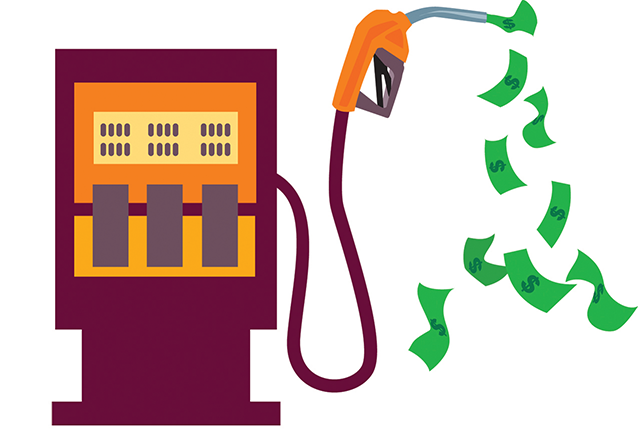Drivers likely need no reminder that the cost of fuel is high. In November 2021, data from the U.S. Energy Information Administration indicated the average price per gallon of fuel was $3.39. That marked a seven-year high and an increase of $1.29 in just 12 months.
The good news for motorists is the EIA anticipated that fuel prices would drop considerably in 2022, with estimates suggesting a gallon of fuel will cost an average of $2.88 in the early months of the year. Drivers will no doubt welcome that decline with open arms, but filling up with less costly fuel is not the only way they can save money. Learning how to be a more efficient driver is a great way to improve gas mileage and take some of the sting out of filling up.
Take it easy behind the wheel. The Office of Energy Efficiency & Renewable Energy reports that aggressive driving can lower gas mileage by as much as 30 percent when driving at highway speeds and 40 percent when driving in stop-and-go traffic. Avoid speeding and rapid acceleration and braking.
Utilize in-vehicle energy feedback. A recent study from researchers at the Institute of Transportation Studies found that drivers who used driver feedback devices in their vehicles in an effort to save fuel improved their gas mileage by about 10 percent. Many modern vehicles are equipped with such devices, and drivers can learn to use them and reap the rewards with less frequent trips to the filling station.
Keep cargo off the roof. Rooftop cargo boxes can be convenient when traveling on vacations. However, researchers at the Oak Ridge National Laboratory report that such boxes can reduce fuel economy by a significant percentage depending on where drivers are driving. City drivers with rooftop cargo boxes may experience a 2 to 8 percent decline in fuel economy, while vacationers traveling at interstate speeds may notice a decline as high as 25 percent. Cargo boxes are convenient, but they’re not very aerodynamic, so it’s best to remove them after returning home from vacation.
Avoid idling. Idling was once advised to warm up vehicles so they did not stall once they leave the driveway and hit the open road. However, that stalling occurred when cold carburetors could not get the appropriate mix of air and fuel in the engine. But carburetors have long since been replaced by electronic fuel injection systems, negating the need to warm up a vehicle to avoid stalling. The Environmental Protection Agency and the U.S. Department of Energy note that modern engines will warm up by being driven and urge drivers to avoid warming up their cars for more than 30 seconds.
High fuel costs make it advantageous for drivers to embrace efficient driving, which can save a substantial amount of money at the gas pump.




